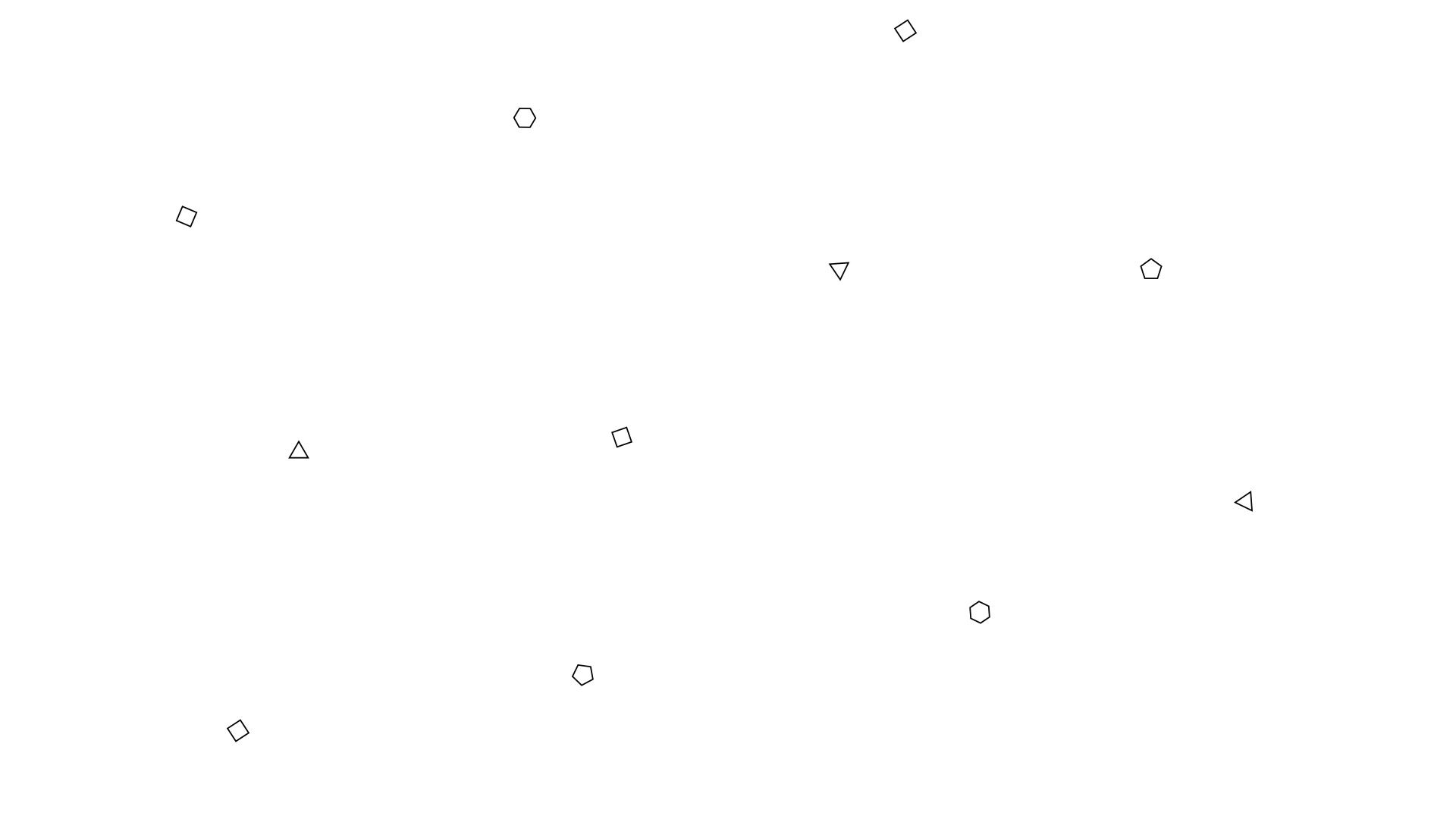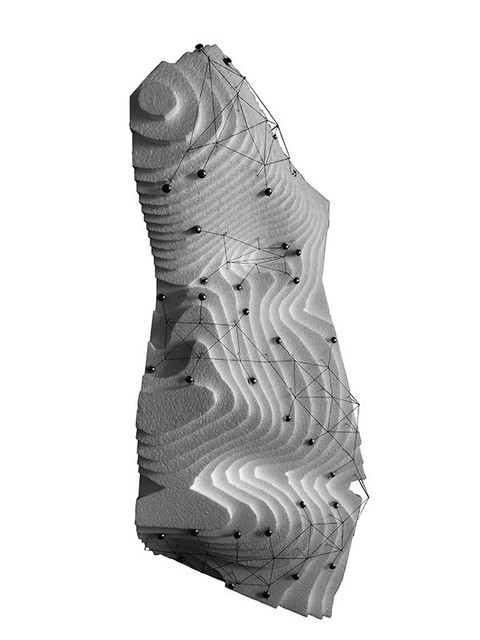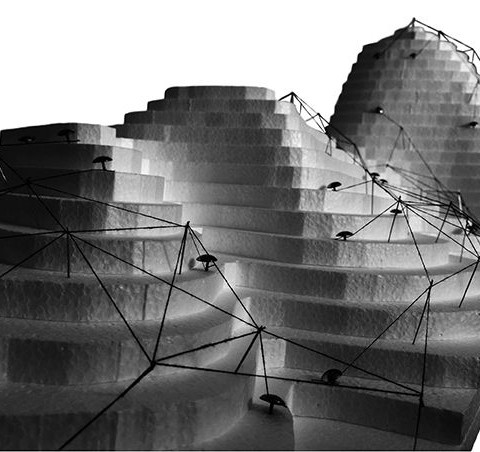Spider Behaviour - Part 2 - Augmentation
- Chokoon

- Jan 12, 2020
- 2 min read
Updated: May 21
Augmentation establishes the central theme of transforming the human face into a performative landscape, derived from prior site analyses.
The question arises: how can the facial topography be reinterpreted as a terrain capable of hosting architectural interventions?
Among the most pronounced features contributing to this transformation is facial hair; an organic element consistently present across all three target regions. It offers a compelling system of density, directionality, and texture, serving as a primary driver for spatial articulation and structural logic.
The precedent hair structures are long, linear, and predominantly vertical. They serve as fundamental anchoring elements for architectural attachments and tensile operations. These natural filaments offer a framework onto which spatial enclosures can latch, stretch, and respond dynamically. Drawing inspiration from the tensile logic of the Munich Olympic Stadium, the project reimagines facial hair as structural infrastructure, integrating principles of suspension and tension into the design methodology.
Munich Olympic Stadium construction analysis
Given the terrain's extreme topography and the presence of delicate, naturally preserved conditions, the objective is to develop a lightweight architectural system that minimizes physical intervention and environmental impact. The design seeks a symbiotic relationship with the landscape; an architecture that elevates itself above the ground, relying on existing vertical anchoring points for structural support. By utilizing these native vertical elements, the system is deployed across all three designated sites, forming a suspended architecture that coexists with its context.

A network of tensile threads is strategically suspended between adjacent vertical anchoring points, maintaining a maximum span of 8mm between any two nodes. These connections exert reciprocal tension, forming an intricate web of stressed cables that trace the terrain's contours.
To render the performative landscape legible and feasible for architectural intervention, the experimental site, originally based on my face, has been magnified by a factor of 1,000. This scale transformation allows the micro-topography to be reinterpreted as a macro-architectural terrain suitable for spatial occupation and construction.

8 millimeters became 8 meters.
Poles became Pylon of trees.
The drawing illustrates the directional flow of tensile forces. Steel cables are stretched between pylons, with anchoring points embedded in the terrain at opposing vectors to counterbalance and redistribute stress. This tension-based fabrication system has been deployed across all three designated facial regions: eye, nose, and ear, each responding uniquely to the distinct layers of site-specific data. The structural behavior and interaction vary according to the topographical irregularities and embedded information inherent to each zone.
Site 1 - Eye
Site 2 - Nose & Mouth
Site 3 - Ear
Physical model construction of Site 2 "Nose & Mouth" region
Read Part 3:




































Comments